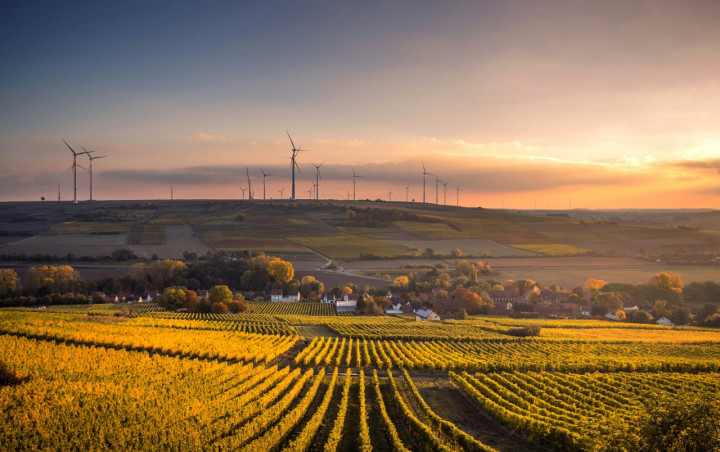Energy
Double down on renewables and nuclear energy.

Slovenia is still generating over 20% of all energy with coal, significantly impacting our carbon intensity of 352g/co2eq/kwh (62% low-carbon, 33% renewables) and putting us far behind Scandinavian countries with under 30g/co2eq/kwh. We need to decarbonize while our industries and daily lives are becoming electrified. The plan to build a second nuclear power plant is essential, but we also need to significantly step up our share of renewable energies, while upgrading our network grid to be more efficient, multidirectional, more reliable and resilient to external shocks while ensuring cheap and accessible energy for households and our industry.
Volt Slovenija proposes:
Renewables
Accelerate individual solar installations by exempting devices and accessories for renewable energy production and storage from VAT
Continue to support installations on flat rooftops and lower the threshold for mandatory installation of solar panels on flat rooftops from 1000m² to 500m².
Simplify procedures for building solar installations over 1 MW on degraded areas.
Simplify and accelerate procedures for installation of wind farms. The 3 wind turbines currently operating across the whole country are far below the energy Slovenia could generate.
Nuclear Energy
Construct a second nuclear power reactor (JEK2) as a cross-border public-private partnership. Having multiple stakeholders reduces the financial burden of Slovenia shouldering such a project alone while increasing the oversight against corruption and exceeding costs. Slovenia needs a second nuclear power plant, but we must learn from the mistakes that were made in similar large-scale projects in the past.
Fossil fuel transition
Support construction of waste-to-energy plants to reduce export of waste and use the energy of burning it in Slovenia instead of abroad.
Smart Grid and Storage
Adapt our electricity grid to be able to transition from large-scale and stable electricity providers to a mix of small and large providers following the strategies adopted in countries like Denmark.
Support installation of high-voltage power lines and energy storage systems as well as digital substations and microgrids to improve efficiency and reliability of the electricity transmission network.
Introduce measures that support smart electricity “on the last meters” to change consumer habits and incentivise curbing overall electricity consumption.
Foster development of Vehicle Grid Integration (VGI) to integrate car batteries into the electrical grid as excess storage capacity and allow car owners to earn extra income by charging excess electricity and feeding it into the grid when needed.
Use our geographical topography for energy storage and support the development of pumped hydro storages to store energy by pumping water uphill during times of low demand and excess electricity generation.
(v4 11-2025)